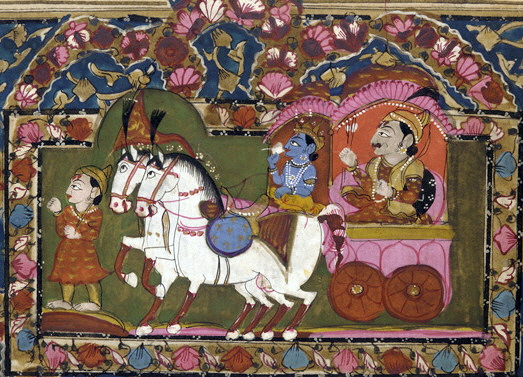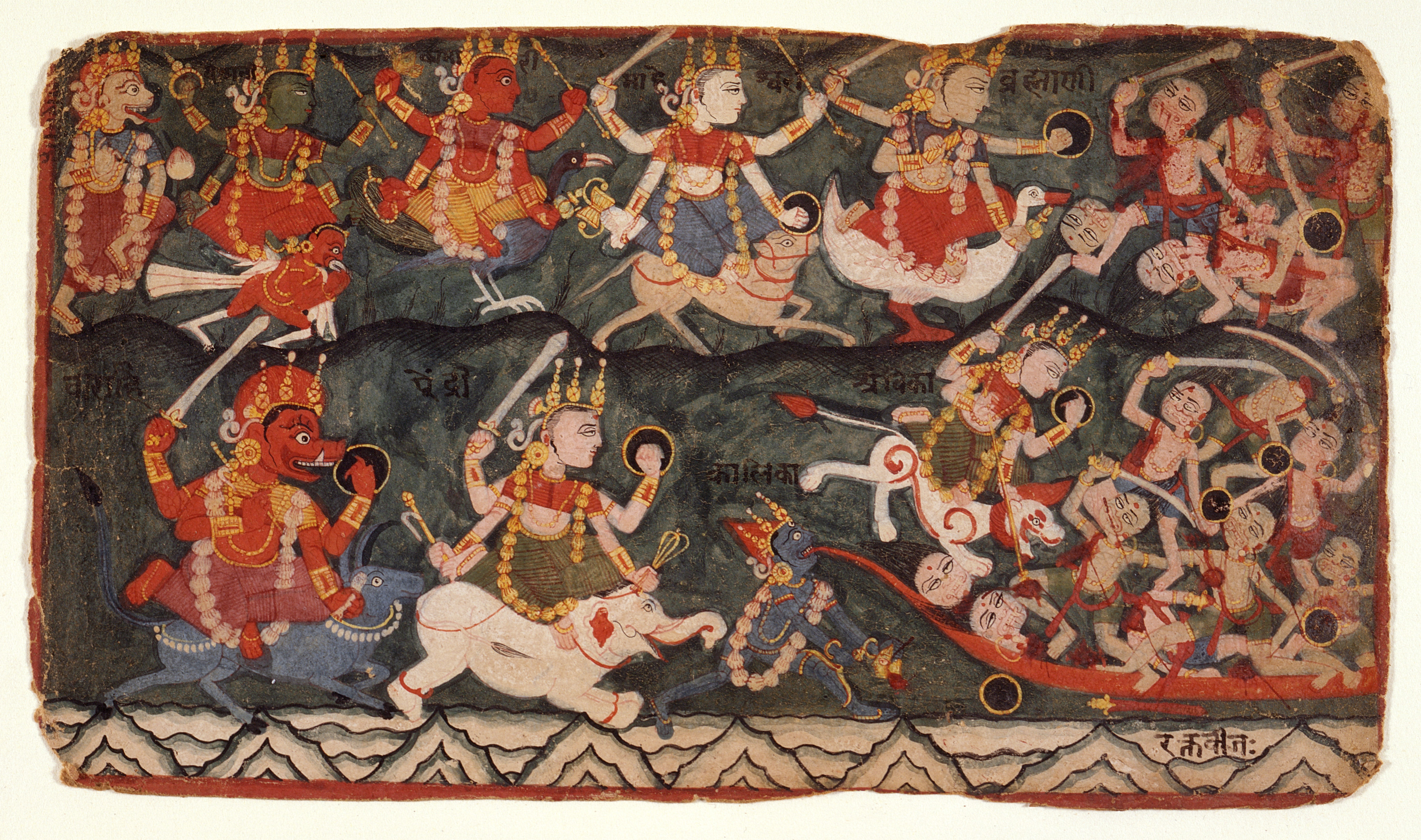|
Maulana Azad Library
The Maulana Azad Library is the central library of Aligarh Muslim University in Aligarh, India. It is the largest university library in Asia. The seven-storey building is surrounded by of lawns and gardens. It has about 1,500,000 books. It celebrated its 50th anniversary on 7 December 2010. It got a donation of about 5000 books which were the personal collection of Kaifi Azmi. Prof Nishat Fatima serves as the current university librarian of the library. History foundation of the library was laid in 1877 at the time of establishment of the Mohammedan Anglo Oriental College by Lord Robert Bulwer-Lytton, 1st Earl of Lytton, the then Viceroy of India and it was named after him as Lytton Library. The present seven-story building was inaugurated by Jawaharlal Nehru, the first Prime Minister of India in 1960 and the library was named as Maulana Azad Library, after a great scholar, educationist, statesman, freedom fighter and the first Education Minister of India. Holdings The li ... [...More Info...] [...Related Items...] OR: [Wikipedia] [Google] [Baidu] |
Central University Library
Central is an adjective usually referring to being in the center of some place or (mathematical) object. Central may also refer to: Directions and generalised locations * Central Africa, a region in the centre of Africa continent, also known as Middle Africa * Central America, a region in the centre of America continent * Central Asia, a region in the centre of Eurasian continent * Central Australia, a region of the Australian continent * Central Belt, an area in the centre of Scotland * Central Europe, a region of the European continent * Central London, the centre of London * Central Region (other) * Central United States, a region of the United States of America Specific locations Countries * Central African Republic, a country in Africa States and provinces * Blue Nile (state) or Central, a state in Sudan * Central Department, Paraguay * Central Province (Kenya) * Central Province (Papua New Guinea) * Central Province (Solomon Islands) * Central Province, Sri La ... [...More Info...] [...Related Items...] OR: [Wikipedia] [Google] [Baidu] |
Memorials To Abul Kalam Azad
A memorial is an object or place which serves as a focus for the memory or the commemoration of something, usually an influential, deceased person or a historical, tragic event. Popular forms of memorials include landmark objects or works of art such as sculptures, statues or fountains and parks. Larger memorials may be known as monuments. Types The most common type of memorial is the gravestone or the memorial plaque. Also common are war memorials commemorating those who have died in wars. Memorials in the form of a cross are called intending crosses. Online memorials are often created on websites and social media to allow digital access as an alternative to physical memorials which may not be feasible or easily accessible. When somebody has died, the family may request that a memorial gift (usually money) be given to a designated charity, or that a tree be planted in memory of the person. Those temporary or makeshift memorials are also called grassroots memorials.''Grassr ... [...More Info...] [...Related Items...] OR: [Wikipedia] [Google] [Baidu] |
1875 Establishments In India
Events January–March * January 1 – The Midland Railway of England abolishes the Second Class passenger category, leaving First Class and Third Class. Other British railway companies follow Midland's lead during the rest of the year (Third Class is renamed Second Class in 1956). * January 5 – The Palais Garnier, one of the most famous opera houses in the world, is inaugurated in Paris. * January 12 – Guangxu becomes the 11th Qing Dynasty Emperor of China at the age of 3, in succession to his cousin. * January 14 – The newly proclaimed King Alfonso XII of Spain (Queen Isabella II's son) arrives in Spain to restore the monarchy during the Third Carlist War. * February 3 – Third Carlist War – Battle of Lácar: Carlist commander Torcuato Mendíri secures a brilliant victory, when he surprises and routs a Government force under General Enrique Bargés at Lácar, east of Estella, nearly capturing newly crowned King Alfonso XII. The Carlis ... [...More Info...] [...Related Items...] OR: [Wikipedia] [Google] [Baidu] |
Academic Libraries In India
An academy ( Attic Greek: Ἀκαδήμεια; Koine Greek Ἀκαδημία) is an institution of secondary or tertiary higher learning (and generally also research or honorary membership). The name traces back to Plato's school of philosophy, founded approximately 385 BC at Akademia, a sanctuary of Athena, the goddess of wisdom and skill, north of Athens, Greece. Etymology The word comes from the ''Academy'' in ancient Greece, which derives from the Athenian hero, ''Akademos''. Outside the city walls of Athens, the gymnasium was made famous by Plato as a center of learning. The sacred space, dedicated to the goddess of wisdom, Athena, had formerly been an olive grove, hence the expression "the groves of Academe". In these gardens, the philosopher Plato conversed with followers. Plato developed his sessions into a method of teaching philosophy and in 387 BC, established what is known today as the Old Academy. By extension, ''academia'' has come to mean the accumulation, de ... [...More Info...] [...Related Items...] OR: [Wikipedia] [Google] [Baidu] |
Mahabharat
The ''Mahābhārata'' ( ; sa, महाभारतम्, ', ) is one of the two major Sanskrit epics of ancient India in Hinduism, the other being the ''Rāmāyaṇa''. It narrates the struggle between two groups of cousins in the Kurukshetra War and the fates of the Kaurava and the Pāṇḍava princes and their successors. It also contains philosophical and devotional material, such as a discussion of the four "goals of life" or '' puruṣārtha'' (12.161). Among the principal works and stories in the ''Mahābhārata'' are the '' Bhagavad Gita'', the story of Damayanti, the story of Shakuntala, the story of Pururava and Urvashi, the story of Savitri and Satyavan, the story of Kacha and Devayani, the story of Rishyasringa and an abbreviated version of the ''Rāmāyaṇa'', often considered as works in their own right. Traditionally, the authorship of the ''Mahābhārata'' is attributed to Vyāsa. There have been many attempts to unravel its historical growth ... [...More Info...] [...Related Items...] OR: [Wikipedia] [Google] [Baidu] |
Bhagavad Gita
The Bhagavad Gita (; sa, श्रीमद्भगवद्गीता, lit=The Song by God, translit=śrīmadbhagavadgītā;), often referred to as the Gita (), is a 700-verse Hindu scripture that is part of the epic '' Mahabharata'' (chapters 23–40 of book 6 of the Mahabharata called the Bhishma Parva), dated to the second half of the first millennium BCE and is typical of the Hindu synthesis. It is considered to be one of the holy scriptures for Hinduism. The Gita is set in a narrative framework of a dialogue between Pandava prince Arjuna and his guide and charioteer Krishna. At the start of the dharma yuddha (or the "righteous war") between the Pandavas and the Kauravas, Arjuna is preoccupied by a moral and emotional dilemma and despairs about the violence and death the war will cause in the battle against his kin. Wondering if he should renounce the war, he seeks Krishna's counsel, whose answers and discourse constitute the Gita. Krishna counsels Arjuna to ... [...More Info...] [...Related Items...] OR: [Wikipedia] [Google] [Baidu] |
Mahapurana (Hinduism)
Purana (; sa, , '; literally meaning "ancient, old"Merriam-Webster's Encyclopedia of Literature (1995 Edition), Article on Puranas, , page 915) is a vast genre of Indian literature about a wide range of topics, particularly about legends and other traditional lore. The Puranas are known for the intricate layers of symbolism depicted within their stories. Composed originally in Sanskrit and in other Indian languages,John Cort (1993), Purana Perennis: Reciprocity and Transformation in Hindu and Jaina Texts (Editor: Wendy Doniger), State University of New York Press, , pages 185-204 several of these texts are named after major Hindu gods such as Vishnu, Shiva, Brahma, and Adi Shakti. The Puranic genre of literature is found in both Hinduism and Jainism. The Puranic literature is encyclopedic, and it includes diverse topics such as cosmogony, cosmology, genealogies of gods, goddesses, kings, heroes, sages, and demigods, folk tales, pilgrimages, temples, medicine, astronomy, gra ... [...More Info...] [...Related Items...] OR: [Wikipedia] [Google] [Baidu] |
Akbar
Abu'l-Fath Jalal-ud-din Muhammad Akbar (25 October 1542 – 27 October 1605), popularly known as Akbar the Great ( fa, ), and also as Akbar I (), was the third Mughal emperor, who reigned from 1556 to 1605. Akbar succeeded his father, Humayun, under a regent, Bairam Khan, who helped the young emperor expand and consolidate Mughal domains in India. A strong personality and a successful general, Akbar gradually enlarged the Mughal Empire to include much of the Indian subcontinent. His power and influence, however, extended over the entire subcontinent because of Mughal military, political, cultural, and economic dominance. To unify the vast Mughal state, Akbar established a centralised system of administration throughout his empire and adopted a policy of conciliating conquered rulers through marriage and diplomacy. To preserve peace and order in a religiously and culturally diverse empire, he adopted policies that won him the support of his non-Muslim subjects. Eschewin ... [...More Info...] [...Related Items...] OR: [Wikipedia] [Google] [Baidu] |
Faizi
Abu al-Faiz ibn Mubarak, popularly known by his pen-name, Faizi (20 September 1547 – 15 October 1595) was a poet and scholar of late medieval India whose ancestors ''Malik-ush-Shu'ara'' (poet laureate) of Akbar's Court. Blochmann, H. (tr.) (1927, reprint 1993). ''The Ain-I Akbari by Abu'l-Fazl Allami'', Vol. I, Calcutta: The Asiatic Society, pp.548–50 He was the elder brother of Akbar's historian Abul Fazl. Akbar highly recognised the genius in him and appointed him tutor for his sons and gave place to him among his decorative ' Navaratnas'. Life Faizi was born in Agra on 5 Sha'ban, AH 954 (20 September 1547), he was the eldest son of Shaikh Mubarak of Nagaur in Rajputana, India. His father, Shaikh Mubarak, was a scholar in the philosophy literature of Greece as well as in Islamic theology. He was educated mostly by his father. In AH 974 (1566–8), he reached Akbar's court. Akbar successively appointed him tutor for his princes, Salim, Murad and Daniyal. In AH 990 (158 ... [...More Info...] [...Related Items...] OR: [Wikipedia] [Google] [Baidu] |
Emperor Jahangir
Nur-ud-Din Muhammad Salim (30 August 1569 – 28 October 1627), known by his imperial name Jahangir (; ), was the fourth Mughal Emperor, who ruled from 1605 until he died in 1627. He was named after the Indian Sufi saint, Salim Chishti. Early life Prince Salim was the third son born to Akbar and his favourite Queen Consort, Mariam-uz-Zamani in Fatehpur Sikri on 30 August 1569. He had two elder brothers, Hassan Mirza and Hussain Mirza, born as twins to his parents in 1564, both of whom died in infancy. Since these children had died in infancy, Akbar sought the blessing of holy men for an heir-apparent to his empire. When Akbar was informed of the news that his chief Hindu wife was expecting a child, an order was passed for the establishment of a royal palace in Sikri near the lodgings of Shaikh Salim Chisti, where the Empress could enjoy the repose being in the vicinity of the revered saint. Mariam was shifted to the palace established there and during her pregnancy, Ak ... [...More Info...] [...Related Items...] OR: [Wikipedia] [Google] [Baidu] |









